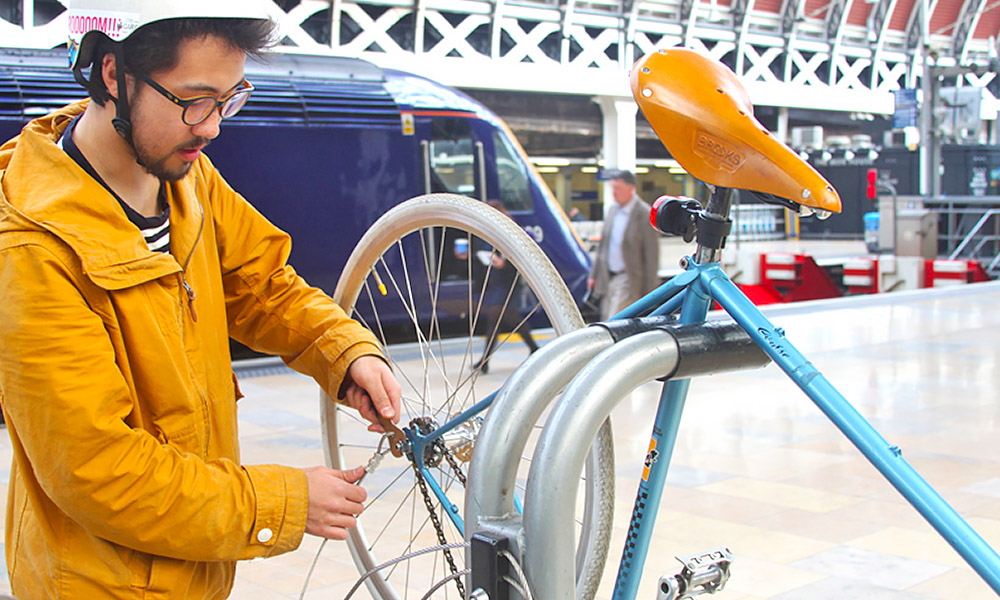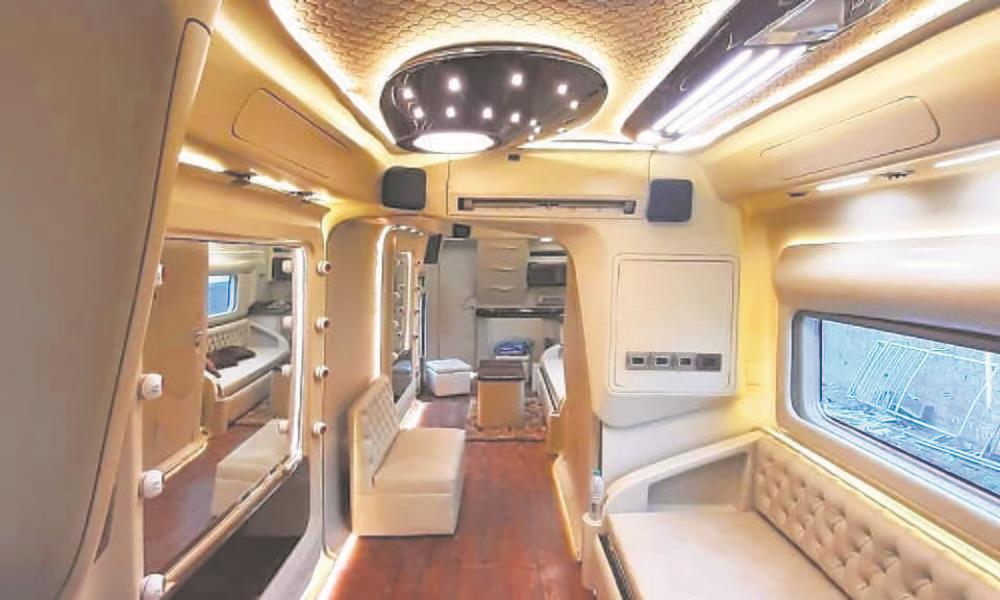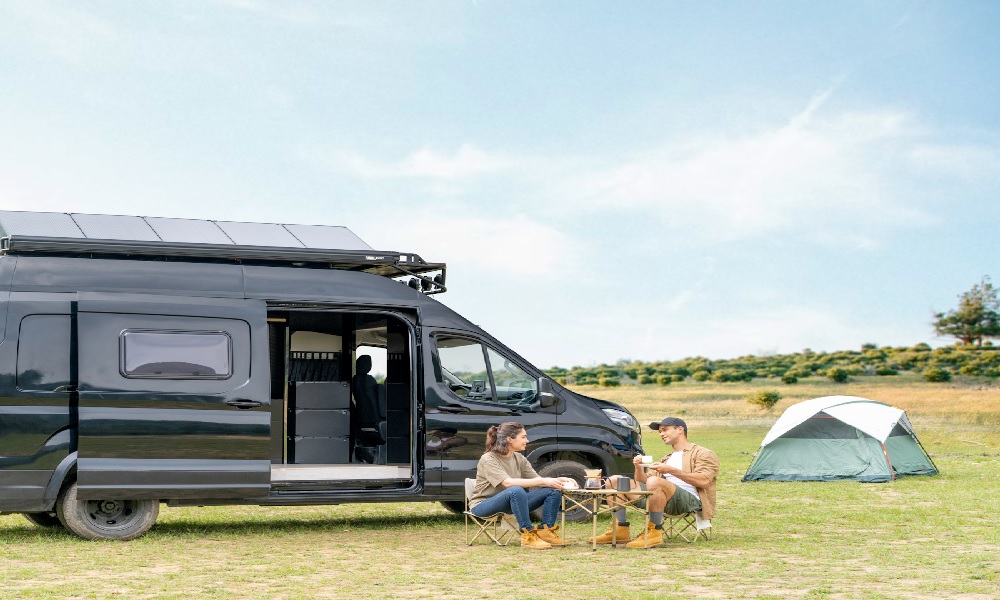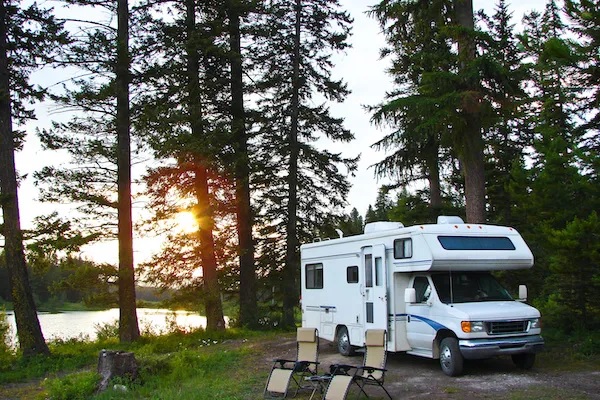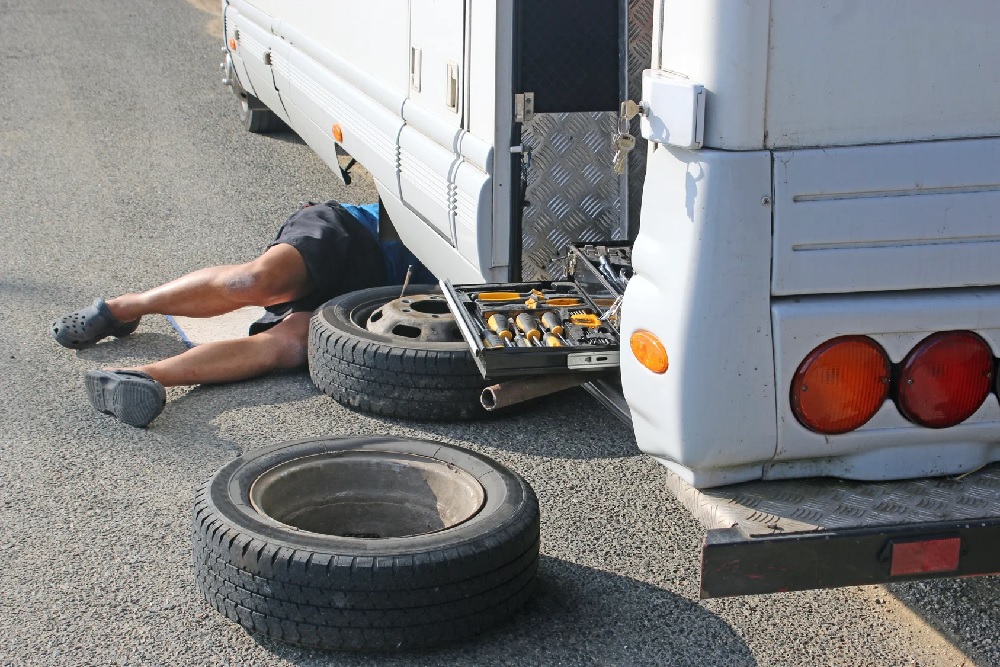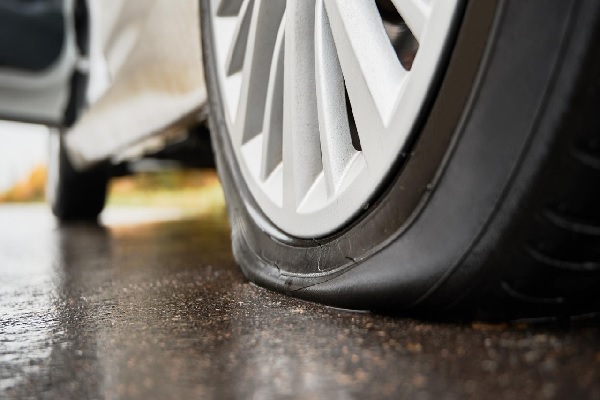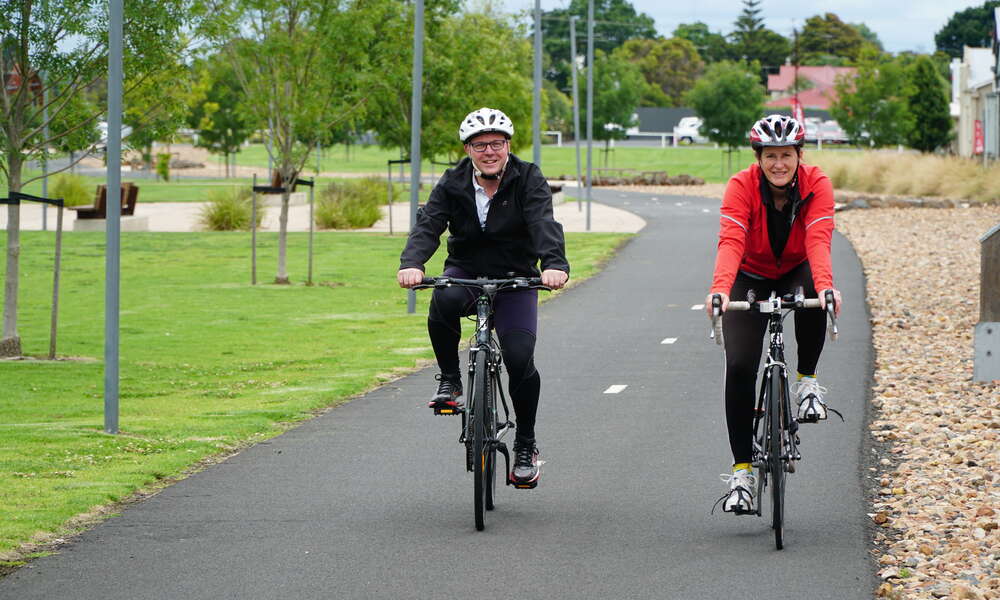When you think about repairing a vehicle, you might picture a mechanic hunched over the hood, wrench in hand. However, modern vehicle repairs are increasingly incorporating advanced technologies like augmented reality. Augmented reality (AR) is a technology that overlays digital information onto the physical world, creating a mixed reality experience. AR is transforming the way that vehicle repairs are performed, making the process faster, more precise, and more efficient.
How Augmented Reality is Used in Vehicle Repairs

One of the primary ways that augmented reality is used in vehicle repairs is through the use of AR glasses. These glasses allow mechanics to see digital overlays on top of the physical vehicle. For example, a mechanic wearing AR glasses could see a digital overlay showing the location of all of the vehicle’s components. This would make it easier for them to identify the source of a problem and make repairs more quickly.
AR glasses can also be used to provide step-by-step instructions for repairs. A mechanic could wear AR glasses and see a digital overlay showing them exactly which part to remove and how to remove it. This would eliminate the need for a mechanic to consult a repair manual or watch a video tutorial.
Another way that augmented reality is used in vehicle repairs is through the use of AR apps. These apps can be used on a smartphone or tablet to provide digital overlays on top of the physical vehicle. For example, an AR app could show a mechanic where to place a new part on the vehicle. The app could also display information about the part, such as its part number and manufacturer.
The Benefits of Augmented Reality in Vehicle Repairs
There are many benefits to using augmented reality in vehicle repairs. One of the primary benefits is that it can make repairs faster and more efficient. By providing digital overlays and step-by-step instructions, mechanics can work more quickly and accurately. This can reduce the amount of time that a vehicle is out of commission, which is crucial for businesses that rely on their vehicles for transportation.
Another benefit of augmented reality in vehicle repairs is that it can improve the quality of repairs. By providing digital overlays and detailed instructions, mechanics can make repairs more precisely. This can reduce the likelihood of errors and ensure that repairs are done correctly the first time.
Finally, augmented reality can also help to reduce costs. By making repairs more efficient and accurate, businesses can save money on labor costs and reduce the need for expensive repairs down the line.
Conclusion
Augmented reality is transforming the way that vehicle repairs are performed. By providing digital overlays and step-by-step instructions, AR is making repairs faster, more precise, and more efficient. As the technology continues to develop, we can expect to see even more innovative uses of augmented reality in the field of vehicle repairs.






